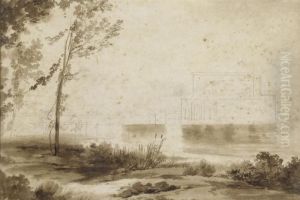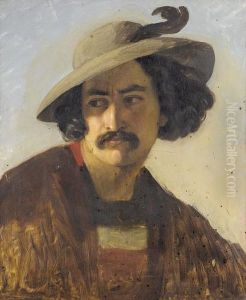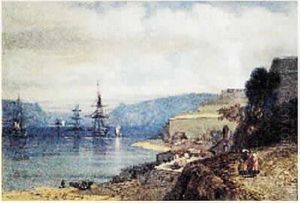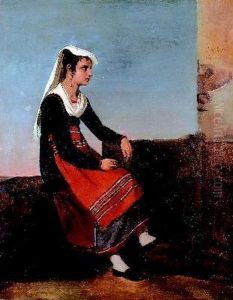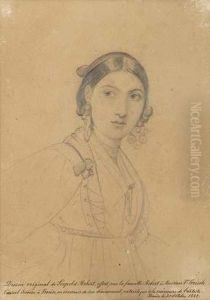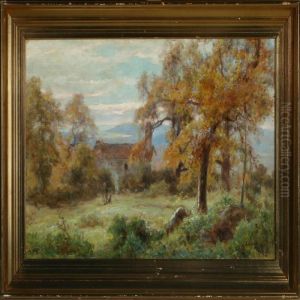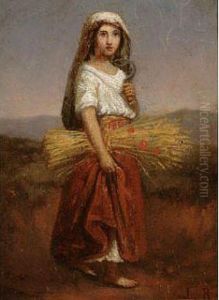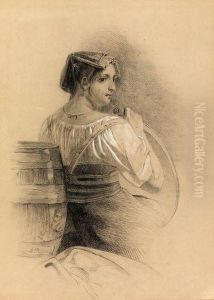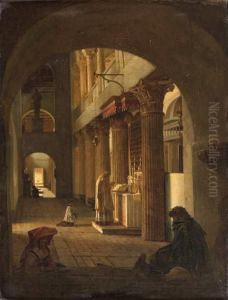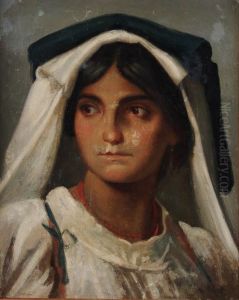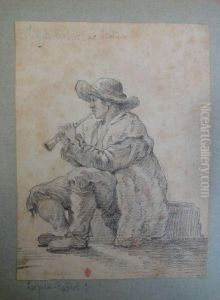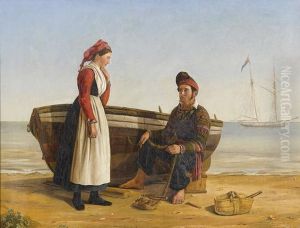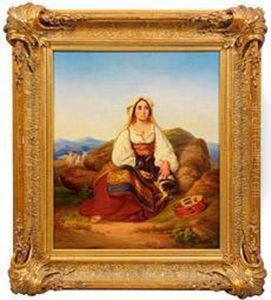Louis-Leopold Robert Paintings
Louis-Léopold Robert was a Swiss painter known for his genre scenes and portraits that often depicted the lives and customs of Italian peasants and fisherfolk. Born on May 13, 1794, in La Chaux-de-Fonds, Neuchâtel, Switzerland, Robert showed a talent for art from an early age. He initially trained as an engraver under his father, who was a watchcase engraver, but he was more interested in painting and pursued further art education.
Robert went to Paris in 1810 to study under the acclaimed neoclassical artist Jacques-Louis David. His studies were interrupted by the French invasion of Switzerland, but he later returned to Paris to continue his artistic education. In 1818, he won the prestigious Prix de Rome, which allowed him to study at the French Academy in Rome.
During his stay in Italy, Robert was deeply influenced by the Italian landscape, culture, and particularly the life of the common people. He traveled extensively through southern Italy, capturing scenes of everyday life. His works were characterized by their vivid realism, attention to detail, and sympathetic portrayal of his subjects.
Robert enjoyed considerable success in his lifetime and was known for his meticulous and sensitive style. He became particularly famous for his painting 'The Departure of the Fishermen,' which was praised for its emotional depth and technical skill.
However, despite his professional success, Robert struggled with personal issues and suffered from bouts of depression. His romantic involvement with the Princess Charlotte Bonaparte, a niece of Napoleon Bonaparte, ended tragically, contributing to his emotional turmoil. He returned to Venice, where he had previously found inspiration, but his mental health continued to decline.
On March 20, 1835, Louis-Léopold Robert tragically took his own life in Venice. He was 40 years old. His death shocked the art community, and his works continued to be celebrated posthumously. Robert's paintings remain important records of early 19th-century Italian rural life and are appreciated for their historical value as well as their artistic merit.











